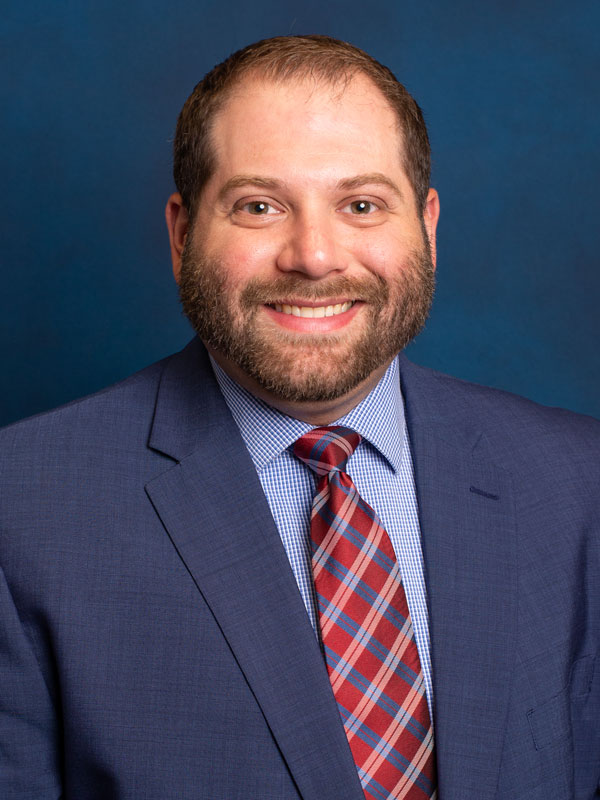In December, the New York State Board of Regents outlined budget and legislative priorities for the 2023-2024 school year. Here are highlights of the 10 items requiring the biggest share of the proposed budget.
#10. $10.5 million for College and Career Pathways in support of high school opportunity and career success. This will involve consolidating Advanced Course Access (ACA), Pathways in Technology Early College High Schools (P-Tech) and Smart Scholars Early College High Schools (SS-ECHS) into one new program, called College Credit and Career Opportunity Program to help high school students earn transcripted college credit and/or pursue a career pathway.
#9. $11.1 million for Higher Education Opportunity Program (HEOP); Science and Technology Entry Program (STEP); Collegiate Science and Technology Entry Program (CSTEP); and Liberty Partnerships Program (LPP), in support of high school opportunity and career success. This will be used to enhance supports and services to students in these programs, designed to improve outcomes and opportunities for students from economically disadvantaged and underrepresented populations.
#8. $15 million to Enhance Supports and Services for Postsecondary Success of Students with Disabilities as part of the advancing equity, excellence, and access guiding principle. A $13 million increase over current spending, this will be used to provide accommodations, supports, summer college prep programs, and faculty and staff training.
#7. $16.6 million to Build Sufficient Department Staff Capacity to rebuild New York State Education Department (NYSED) capacity to serve the public. $12.9 million will support 150 new positions, including 36 in Information Technology Services. An additional $3.7 million will fund 37 positions to support key Regents initiatives.
#6. $18 million for My Brothers Keeper to support the key area of high school opportunity and career success. This would enable the program to continue at current funding levels.
#5. $21 million for Computer Based Testing (CBT) Implementation to support the advancing equity, excellence, and access guiding principle. Funds would support the transition to 100% CBT for grades 3 to 8 English Language Arts, Math, and Science assessments. Of the total, $1 million is for increasing vendor capacity, while the balance covers costs for assuming responsibility for scoring.
#4. $21.1 million for Streamlining Early Childhood Programs to support lifelong learning, academic success, and improved outcomes. This will help redesign the State Education Department’s PreK funding to provide universal access for all four-year-olds by 2030 and all three-year-olds by 2035, while reducing barriers to dual enrollment of preschool students with disabilities in inclusive PreK classrooms. Of total funds, $1.1 million is for staff and a consultant to develop a redesign implementation plan. The remaining $20 million is for a preschool inclusivity grant awarded to districts providing a continuum of services for children with mild or moderate disabilities and children with severe or multiple disabilities.
#3. $27.82 million for Capital Needs of the Indigenous and State Operated Schools to advance the equity, excellence, and access guiding principle. Of the total, $250,000 will go towards a building conditions survey and $27.57 million is for rolling capital funding to meet immediate health and safety needs, while establishing a capital planning process for five state-owned school buildings, including Tuscarora Nation School, Onondaga Nation School, St. Regis Mohawk Nation School, Rome School for the Deaf, and Batavia School for the Blind.
#2. $45 million in State Aid for the Public Library Construction Program as part of its rebuilding capacity of the NYSED to serve the public and advancing equity, excellence, and access principles. Funds will begin to address the statewide need of $1.52 billion for public library construction and renovation, and address library structural needs for adequate broadband infrastructure. For 2023-24, $45 million (an $11 million increase) is requested.
#1. $375 million for Relieving School District Mandates, as part of its rebuilding the NYSED’s capacity to serve the public. This will fund valid school district prior year state aid claims and penalty forgiveness, while a multi-agency team convenes to streamline financial reporting.
As for state aid, the Regents are asking for an additional $3.4 billion for the 2023-2024 school year, and expressed commitment to support all school districts through fully funding foundation and other state aid as provided by law; provide universal access to Career and Technical Education for all interested students; and provide options to encourage districts to expand programs and services via greater regional collaboration.
Stay tuned as Governor Hochul is scheduled to release her 2024 budget today, with final approval due April 1.
RBT CPAs is a leading accounting, tax, audit, and advisory firm that has been serving clients in the Hudson Valley and beyond for over 50 years. Known for our exceptional customer experience, professionalism, and ethics, RBT CPA staff members believe we succeed when we help you succeed. If you’re interested in learning more, give us a call.








